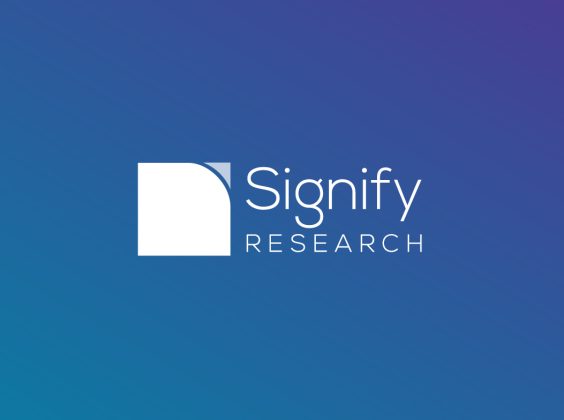
Since 2010, 29 diagnostic ultrasound companies have secured external capital funding. Combined, these companies have raised $560 million in venture and private equity funding. This short report from Signify Research shows the trends in capital funding for these companies and highlights how funding breaks down by company, by region and by clinical application.